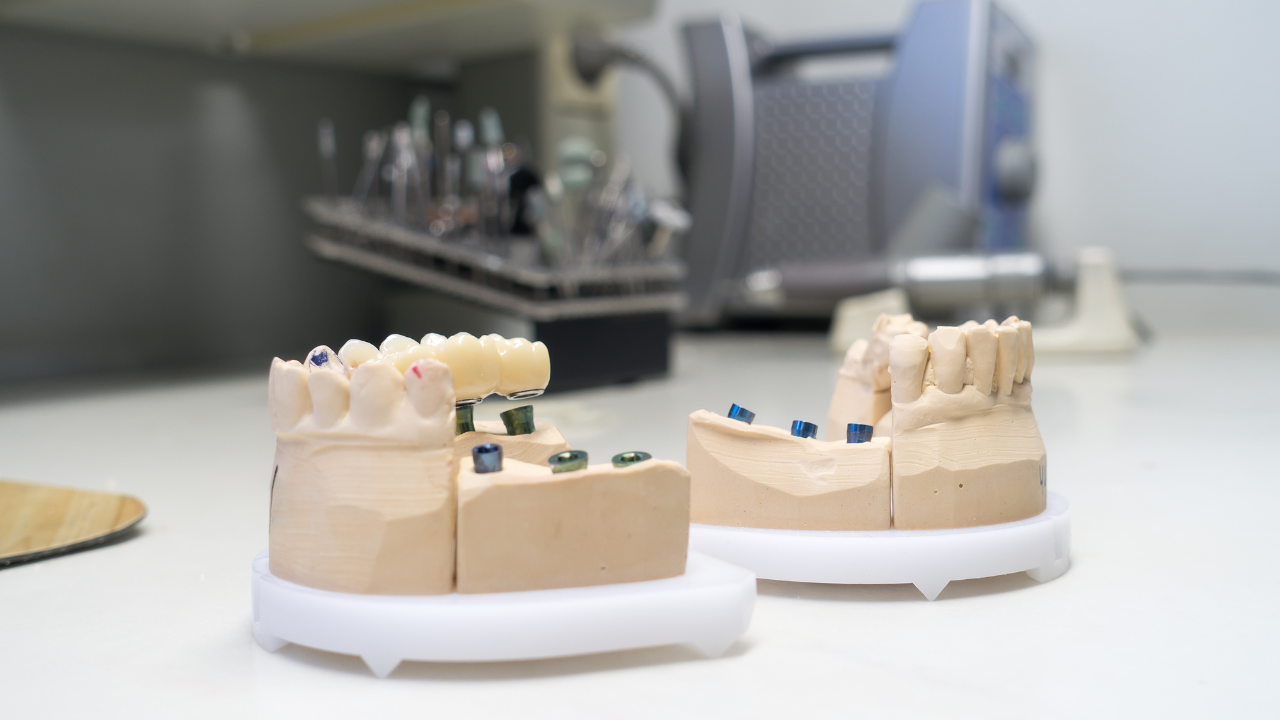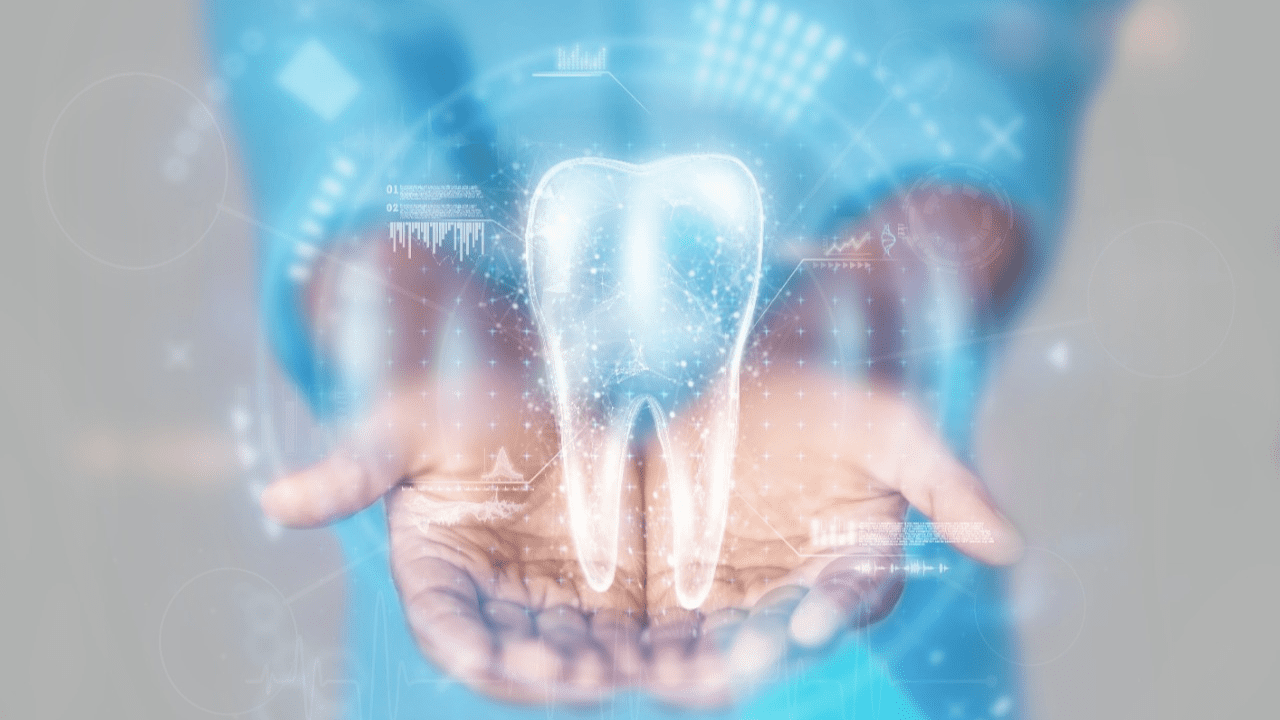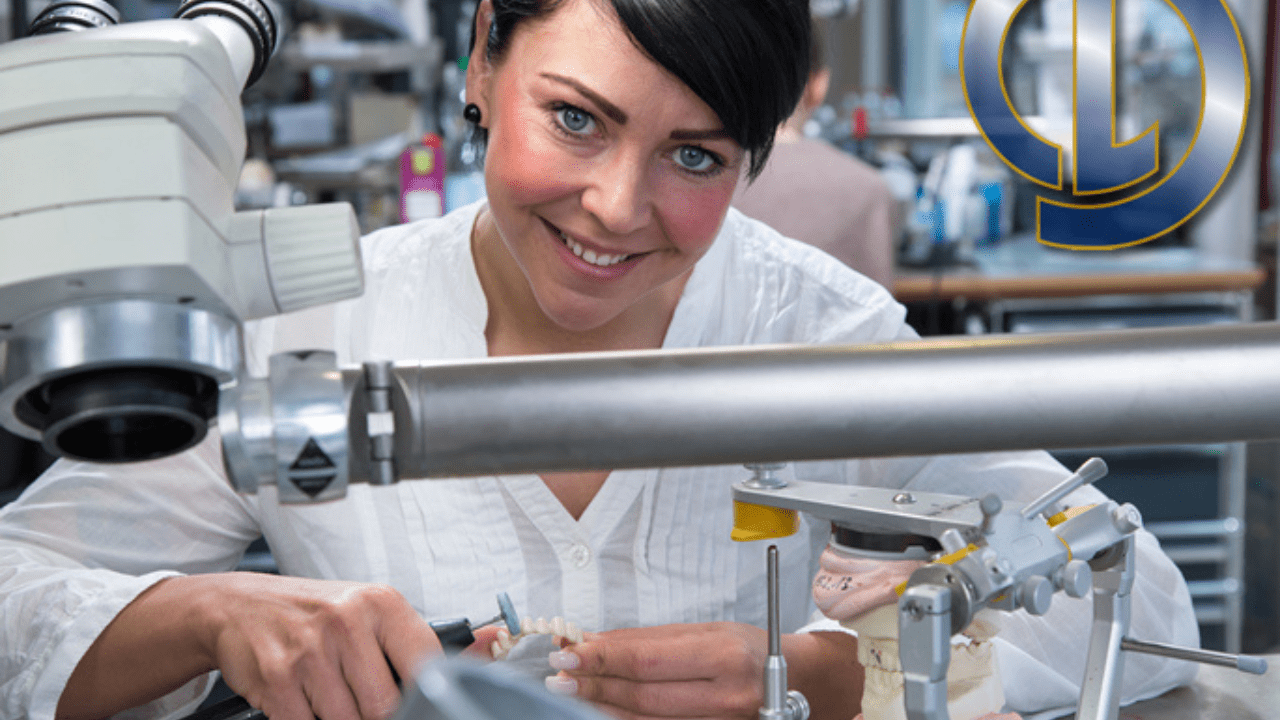
Zirconia Crowns vs. Other Materials: An In-depth Comparison
Posted May 6, 2024 by Haresh SavaniImagine you’re sitting in the dentist's chair, preparing to replace a damaged tooth. Your dentist presents you with two options for the replacement material: traditional choices like porcelain or metal, or a more innovative alternative in the form of zirconia crowns. As you weigh your choices, you may wonder which path is best for your dental health.
Making the right choice can be challenging given the array of options available. This guide will help you navigate the decision by comparing zirconia crowns with other common materials used in dental restorations. We will explore the advantages and disadvantages of each material, supported by data and statistics, to empower you with the knowledge you need to make an informed decision about your dental care.
Understanding Dental Crown Materials
Zirconia Crowns: The Titanium of Dentistry
- Durability and Strength: Zirconia crowns stand out for their exceptional flexural strength, which ranges from 900 to 1200 MPa. This strength makes them one of the most durable options available for dental crowns. Their resilience mirrors that of natural teeth, allowing them to endure the pressures of daily chewing and grinding with ease. With proper care, zirconia crowns can last anywhere from 10 to 15 years or even longer, providing patients with a long-lasting restoration option.
- Aesthetics: Zirconia crowns are known for their impressive translucency, closely resembling the appearance of natural tooth enamel. This makes them an excellent choice for front-tooth restorations, as they blend seamlessly with surrounding teeth, delivering a natural and attractive appearance. Unlike some other crowns that may have visible metallic linings, zirconia crowns maintain a consistent and appealing look that enhances your smile.
- Biocompatibility: Zirconia is recognized for its high biocompatibility, meaning it is unlikely to trigger allergic reactions or other adverse responses in patients. This property makes zirconia crowns a safe option, particularly for individuals with metal sensitivities or allergies. By choosing zirconia, patients can have peace of mind knowing they are opting for a dental material that is gentle on their body while providing effective restoration.
Porcelain-Fused-to-Metal (PFM) Crowns: The Traditional Choice
- Strength and Support: Porcelain-fused-to-metal (PFM) crowns have been a go-to choice for dental restorations for many years due to their strong bond between porcelain and a metal base. This combination provides a high level of durability, though it does not match the strength of zirconia crowns. PFM crowns typically have a flexural strength of around 500-750 MPa, which allows them to perform well under the pressures of chewing and biting.
- Cost-Effectiveness: One of the primary benefits of PFM crowns is their affordability compared to other materials such as zirconia. PFM crowns are typically less expensive, making them a popular option for patients who seek a cost-effective solution while still prioritizing performance and longevity.
- Aesthetic Concerns: Although PFM crowns offer effective restoration, the presence of a metal foundation can sometimes pose aesthetic challenges. Over time, the metal base may become visible at the gum line, particularly if gum recession occurs. This can impact the overall appearance and may not provide as natural a look as other crown options, such as zirconia, which could be a concern for patients seeking a more seamless smile.
All-Resin Crowns: Economically Friendly
- Affordability: All-resin crowns are the most budget-friendly choice among dental crowns, offering an economical option that can be particularly appealing to patients with financial considerations. Their lower cost makes dental restoration more accessible to a broader range of individuals.
- Lightweight Comfort: These crowns are known for being less bulky and lighter in weight compared to other types of crowns, such as porcelain-fused-to-metal or zirconia. This lightweight characteristic can enhance comfort for patients, as the crowns feel less intrusive in the mouth.
- Wear and Tear: Despite their affordability and comfort, all-resin crowns have some drawbacks. They tend to wear down more quickly than other crown materials and are more susceptible to fractures and damage due to their lower flexural strength. This means they may not be the best choice for high-stress areas in the mouth or for patients who require a long-lasting solution.
Gold and Metal Alloys: Durability Meets Tradition
- Exceptional Longevity: Gold and metal alloy crowns are renowned for their exceptional durability and resistance to wear. These crowns can last over 20 years with proper care, making them one of the most long-lasting options for dental restoration.
- Biocompatibility: Gold and metal alloys are highly biocompatible, meaning they are well-tolerated by the body and rarely cause allergic reactions. This makes them a safe and reliable choice for patients with sensitivities to other materials.
- Visual Appeal: Despite their many advantages, gold and metal alloy crowns have a notable drawback when it comes to aesthetics. The color of these crowns is distinctly different from natural tooth enamel, making them more visible in the mouth. This can be a concern for patients seeking a natural-looking smile, particularly when the crown is placed on a tooth in a highly visible area.
Which Crown Is Right For You?
Choosing the right crown material involves balancing several factors, including aesthetics, durability, cost, and personal health considerations. Here’s how you can weigh these factors:
- Aesthetics vs. Durability: If your priority is a natural appearance, zirconia crowns might be the best choice. However, if you're looking for longevity and are less concerned about natural looks, metal crowns might be preferable.
- Cost Considerations: Those on a budget may lean towards PFM or all-resin crowns, though it's important to consider their shorter lifespan and potential for increased maintenance costs over time.
- Health Concerns: For patients with allergies to metals, zirconia or all-resin crowns would be more suitable to avoid allergic reactions.
Making the Right Choice
Choosing the right material for your dental crown is a personal decision that should be based on your individual needs and priorities. Zirconia crowns offer a modern solution that excels in aesthetics, strength, and biocompatibility. Meanwhile, porcelain and metal crowns have their own unique strengths, from aesthetics to affordability.
When considering your options, consult with your dental professional. They can help you weigh the pros and cons of each material and guide you towards the best choice for your specific situation. By arming yourself with knowledge, you can make a confident, informed decision about your dental health.
Leave a Comment
Your email address will not be published. Required fields are marked *


